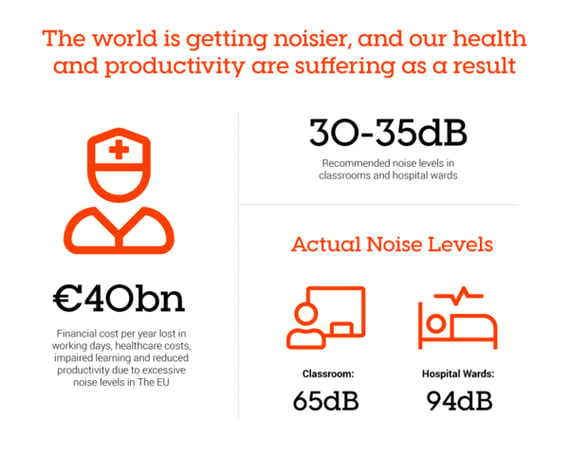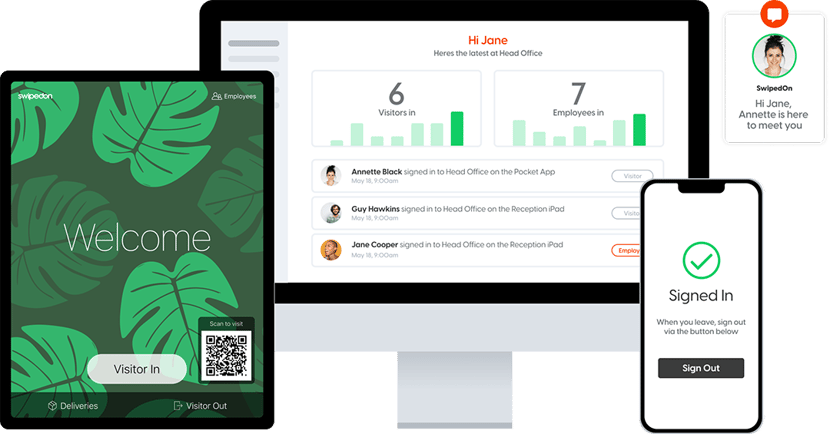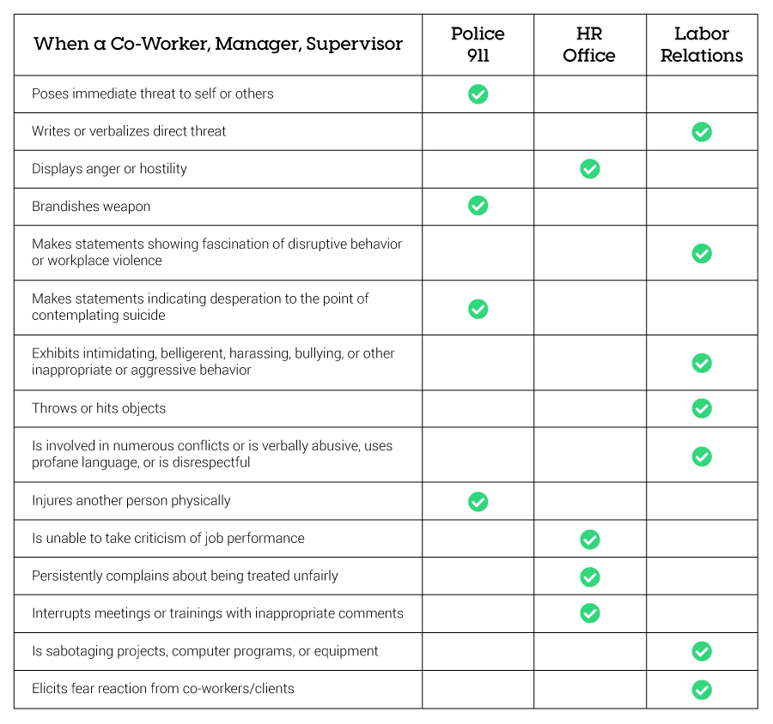4 Ways to Handle Disruptive Visitors

Whether you’re running a corporate office, a healthcare facility, a residential building, or a school campus, the presence of disruptive visitors is always bad news. They disturb your day-to-day operations, distract your staff from doing productive work, and can pose a threat to everyone in your facility.
In the unfortunate event that visitors become disruptive, timely and appropriate actions need to be taken to prevent them from causing a serious disturbance. Here are 4 key strategies that should be included in your visitor management protocol.
1. Know the Different Types of Disruptive Visitors
One important tip for managing disruptive visitors is being able to identify who they are. This accomplishes two things:
First, it allows you to qualify what disruptive behaviours are, preventing you from unnecessarily confronting someone who doesn’t meet the criteria. Second, it enables you to take swift action and stop a possible disturbance before it happens.
What is disruptive behaviour? Stony Brook University defines it as “inappropriate behaviour that interferes with the functioning and flow of the workplace. It hinders or prevents faculty and staff members from carrying out their professional responsibilities.”
Different facilities may qualify disruptive behaviours in various ways, but here are the most common types of potentially disruptive visitors that you should watch out for:
- Noisy visitors: Noise pollution is a major concern in almost all facilities. It can cause a decline in productivity in an office. It can prevent patients from healing properly in a healthcare facility. It can annoy people in a museum.
Noise is a more serious problem than you may think. For instance, the European Union estimates that noise pollution is costing the economy 40 billion euros annually.
 Noise is a serious problem across various types of facilities around the world (Data Source).
Noise is a serious problem across various types of facilities around the world (Data Source).
You already need to deal with internal sources of noise. The last thing you want is for visitors to add to this problem.
- Trespassing: Another disruptive visitor behaviour you need to be wary of is trespassing. This could mean unauthorized access to your office or nosy visitors wandering off to restricted areas on your premises.
- Intentional acts of violence: The possibility that criminals or people with ill intent will have access to your office is low, but it’s always there. This is the most dangerous type of disruptive visitor behaviour, so preventing it is crucial.
2. Be Prepared with a Disruptive Visitor Management Policy
Whether disruptive visitors have been in your facility before or not, it’s important to be well prepared if and when it happens.
One best practice every facility should adopt is developing a disruptive visitor management policy. This should include preventative measures such as:
- Mandating all employees to pre-register their visitors to minimize the chance of trespassing.
- Requiring your visitors to wear identification or a badge while they are inside your facility.
- Clearly defining which areas in your office are off-limits.
- Drafting a clear policy or agreement that all visitors must consent to.
- Training all personnel to identify disruptive visitor behaviours.
Most of the preventative measures above can be addressed with a comprehensive visitor management system (VMS). A VMS is connected to a central database, making it easier to store and retrieve visitor information across platforms. Employees can access the system to pre-register their visitors. It also allows you to create digital agreements outlining the proper decorum every visitor should follow while in your premises. Creating and printing visitor badges is likewise convenient as most digital VMS can easily be attached to a printer.
 Using a digital visitor management system can put safeguards in place to prevent most disruptive visitor behaviours.
Using a digital visitor management system can put safeguards in place to prevent most disruptive visitor behaviours.
3. Diffuse the Situation
The worst thing you can do in cases of disruptive visitors is to add fuel to the fire. Aggressive, threatening, and provocative actions will not pacify disruptive behaviours. These inappropriate actions may unnecessarily escalate what could have been an easily resolvable situation to a full-blown crisis.
As with any other office disturbance or emergency, you should handle disruptive visitor scenarios with the utmost calmness, composure, and presence of mind. Here are some tips on how you can defuse a situation involving disruptive visitors:
- Resolve it privately: Addressing a disruptive visitor in front of your employees or other visitors will make them feel embarrassed, which may cause them to become more agitated. Ask the concerned visitor to come with you to a conference or meeting room so you can resolve the issue privately.
- Use a confident tone, but speak calmly and empathetically: Make the concerned visitor feel that you’re not there to interrogate or castigate him, but to find a win-win solution to the problem.
- Encourage the person to talk: This shows your willingness to listen and that you’re acknowledging their feelings and sentiments.
The responsibility of defusing tense situations due to disruptive visitor behaviours shouldn’t just rest on the shoulders of your receptionist, office managers, and supervisors. Every employee should be equipped with the know-how and skill to do this so they can mitigate the situation promptly.
What about visitor behaviours that are not just disruptive, but threatening and violent? Here’s a matrix that you can adapt and tailor to your own needs. It shows employees who they should contact in severe cases of disruptive visitor behaviours: Your employees cannot resolve all instances of disruptive visitors, especially when the situation becomes threatening or violent. It pays to know who they can contact in these situations (Data Source).
Your employees cannot resolve all instances of disruptive visitors, especially when the situation becomes threatening or violent. It pays to know who they can contact in these situations (Data Source).
4. Offer Options to Move Forward
The last thing you want to do when dealing with disruptive visitors is to dwell on the problem. This will make your visitor feel that you are provoking or challenging them in a debate and that you’re dead set on winning the argument. The reality is, there’s no clear winner in these situations and the ultimate goal should be to arrive at a fair resolution. Ideally, you should stop probing once you’ve identified the root cause of the issue and have heard both sides.
Arriving at a resolution should feel like a negotiation. Your visitor should feel that you are involving them in the process by giving them options on the best way to move forward. For bigger issues, you can break down the resolution into smaller steps to avoid miscommunication and to prevent overwhelm.
Disruptive Visitors Disrupt Businesses
Your office or facility attracts people from different walks of life and the reality is, you cannot control how they will react to certain situations they will experience on your premises. On rare occasions, visitors can be disruptive and that could threaten the safety, security, or comfort of everyone else in your office. Knowing how to de-escalate these situations can prevent serious repercussions.
Central to any successful disruptive visitor management plan is using a digital visitor management system. If you want to add a new layer of preventative measure against disruptive visitors with a digital VMS, reach out to us for a free demo.



-929560-edited-003563-edited.jpg)





 Germany - Deutsch
Germany - Deutsch